
Diode Laser VS CO2 Laser - Why CO2 laser engraver is more popular?
CODE
Ⅰ.How much do you know about lasers?
Diodes, CO2 - all these lasers engravers are available on the market, but do you know which laser is right for you or can meet your needs?
Which one is suitable for the material that I have? Which machine have better effect and high efficiency?
Hopefully, this article will help you decide or learn about diode laser and CO2 lasers and its engravers.
Laser Types
The laser light source is the core component of laser engraving machine. The characteristics of the light source determine the material effect of the laser machine to achieve engraving, and the energy level has a significant impact on the depth and speed of the engraving. Thus, let me introduce you the different types of lasers and their light-emitting principles, so that you can have a deeper understanding of diode laser engraving machines and CO2 laser engraving machines.
The different laser types use different components and generate a light beam at different wavelengths – these wavelengths are suited to different types of materials that they can engrave upon.
All lasers can be divided into the following categories according to the state of the working material: Solid-state lasers (crystal and glass), Gas lasers, Liquid lasers, Semiconductor lasers,Free electron laser.
Gas lasers, the working material they use is gas, and according to the nature of the working particles that actually produce stimulated emission in the gas, they are further divided into atomic gas Lasers, ion gas lasers, molecular gas lasers, excimer gas lasers, etc.; CO2 laser belongs to this type.
Semiconductor lasers, this type of laser uses a certain semiconductor material as a working substance to generate excitation The principle of emission is achieved by exciting non-equilibrium carriers between the energy bands of semiconductor materials or between energy bands and impurity levels through a certain excitation method (electric injection, optical pump or high-energy electron beam injection) The population is inverted to produce stimulated emission of light;
- Diode Lasers:

The core component of a diode laser is a semiconductor diode. More specifically, this is a p-n junction diode made of a p-type and an n-type semiconductor. The p-n junction is like a revolving door, allowing electrons to flow through the potential barrier.
Laser diodes usually use semiconductors made of aluminum or gallium arsenide alloy. Current is supplied through the diode, which induces electrons to flow through the p-n junction. These electrons combine with holes on the other side of the junction, releasing excess energy in the form of photons.
The gap between the two semiconductors acts as a "mirror" that amplifies the intensity of photons. Photons bounce back and forth through this gap and collide with other incoming electronic devices. This "resonance" helps produce more photons. It takes hundreds of collisions to obtain the required optical gain in a diode laser.
In more complex applications, several semiconductor diodes can be stacked together. Multiple beams from these diodes can be focused into a single beam, thereby making the output more powerful. This also makes it possible to create multiple lasers with different wavelength values.
- CO2 Lasers:

The wavelength of CO2 laser is about 10.6 μm (infrared), an important industrial laser.
The CO2 laser is a gas laser with CO2 gas as the working substance. The discharge tube is usually made of glass or quartz material, and it is filled with CO2 gas and other auxiliary gases (mainly helium and nitrogen, and usually a small amount of hydrogen or xenon); the electrode is generally a hollow cylinder made of nickel; resonant cavity One end is a gold-plated total reflection mirror, and the other end is a partial reflection mirror polished with germanium or gallium arsenide. When a high voltage (usually DC or low-frequency AC) is applied to the electrode, a glow discharge is generated in the discharge tube, and there is a laser output at one end of the germanium mirror, and its wavelength is in the mid-infrared band near 10.6 microns; generally a better tube . A discharge area of about one meter long can obtain a continuous output power of 40 to 60 watts. CO2 laser is a relatively important gas laser.
Ⅱ. Diode laser engraver VS CO2 laser engraver
|
|
Pros |
Cons |
|
Diode laser engraver |
|
|
|
CO2 laser engraver |
|
|
Next, We will make a comparison between diode laser engraver and CO2 laser engraver from the following main aspects:
Power
A single diode cannot produce more than 10 watts of optical power. Cutting paper or balsa wood or engraving leather is not a problem, but cutting thicker wood may be impractical. If you are dealing with more challenging materials, CO2 laser engraver would be a better choice.
One big advantage of CO2 lasers is that they usually have a large raw laser power. The smallest tube you can find on the market is at least 25 watts, and most CO2 machines have a power output of 40-80 watts. The power of professional and industrial units is mostly up to 150 watts. Industrial units can reach 400 watts. The CO2 laser engraver can cut wood, acrylic and glass.
Speed and accuracy
With higher power output, CO2 lasers engraver can also cut or engrave materials faster. This is valuable in an industrial environment where productivity and rapid turnover are key performance indicators. Therefore, CO2 lasers engraver are often seen in industrial manufacturing facilities.
CO2 laser system marks wood, paper, plastics, leather, fabric, stone, and a wide range of other nonmetallic materials at up to 19.68 inches per second (500 mm/s) with pinpoint accuracy; everything works with most third-party graphic software, easily receiving files via internet or USB; and locking caster wheels allow you to easily move and secure your laser cutter whenever needed. Diode laser engraver is not as fast as CO2 laser engraver.
Size and weight
Diode laser engraver has a robust and easy-to-install structure design: The all-aluminum alloy anodized structure design makes the machine more durable and improves the accuracy of engraving. The entire structure adopts a rapid assembly design, and the assembly can generally be completed within 10-20 minutes.
However, the CO2 laser machine is very large and heavy. The CO2 tube requires a lot of space. When we deal with industrial machines, size is not important, but once we talk about garages, workshops or small shops, it matters. Most small entrepreneurs or hobbyists simply don't have enough space for bulky equipment.
Cost
Generally, the cost of a diode laser engraver is only a few hundred of dollars, while the cost of a CO2 laser engraving machine is as high as thousands of dollars. Diode laser engraving does not entail additional costs, as it does not produce waste and does not need unique treatments or maintenance.
Due to the requirement for high-precision engineering, CO2 laser engravers are generally more expensive than diode laser engravers. This is another important reason why CO2 laser engraving machine are not usually used in hobbyist applications or small manufacturing companies.
Applications
Using a diode laser means simply accepting that you cannot engrave or cut many materials. The diode laser does not have enough power to engrave metal or glass unless some coating is applied to them. Diode lasers are also difficult to handle any shiny, transparent, translucent or completely white painted surface.
But CO2 laser engravers are available for various materials. Works with Wood, Rubber, Plastic, Paper, Glass, Leather, Ceramics, Tile, Fabric, Cloth, Fiberglass, Marble, Cork, Jade, Acrylic, Veneer, Corian, Mylar, Delrin, Melamine, Pressboard, Cardboard, and more Non-Metal Materials.
CO2 lasers are considered more suitable for heavy-duty applications. CO2 lasers are quite common in industrial environments, especially for cutting wood and glass.
Spectrum of wavelength
The diode laser has a wide spectrum of wavelength ranging from 405 to 1080 nm, however CO2 laser engraving machine only has a limited wavelength 10.6 uM (10600 nm) ( not work for metal engraving).
Construction
The diode laser engraver no need to adjust the focus before engraving. With fixed focus lens and sliding design, you only need to slide the laser and tighten the screw to complete fast focusing of the laser engraver machine. The X and Y-axis contain precise scale lines, which is convenient for you to measure the size of engraving objects.
In addition to being bulky, the CO2 laser is also very fragile because it is equipped with very tiny and intricately positioned mirrors. These mirrors must not be removed from alignment, lest the laser stop functioning as intended. Due to these characteristics, moving the CO2 laser frequently is not considered a good practice.
Working area
CO2 laser engraver is suitable for homes and businesses: including our 80-watt laser tube and our largest cutting surface, measuring 24 inches x 36 inches-nearly 6 square feet of work area, suitable for your large projects! The adjustable lifting engraving table has dual-channel doors, which can accommodate oversized and irregularly shaped objects.
While the working area of diode laser engraver is smaller than CO2 laser engraver generally. You can also use diode lasers for small laser engraving business, like leather or paper products.
Ⅲ. Which one is right for you?
In conclusion, while both diode laser engravers and CO2 laser engravers have their advantages and disadvantages, CO2 laser engraving machines tend to be more popular for several reasons. They offer higher power, faster speed, larger working areas, and are suitable for a wider range of materials. However, they come with a higher cost and require more space. Ultimately, the choice between the two depends on your specific needs, budget, and the type of materials you plan to work with. Whether you opt for a diode laser or a CO2 laser, understanding their capabilities and limitations will help you make the right decision for your laser engraving needs. At the same time, monport provides the discount code "BESTMP10" so that you can purchase a suitable machine at a more favorable price.




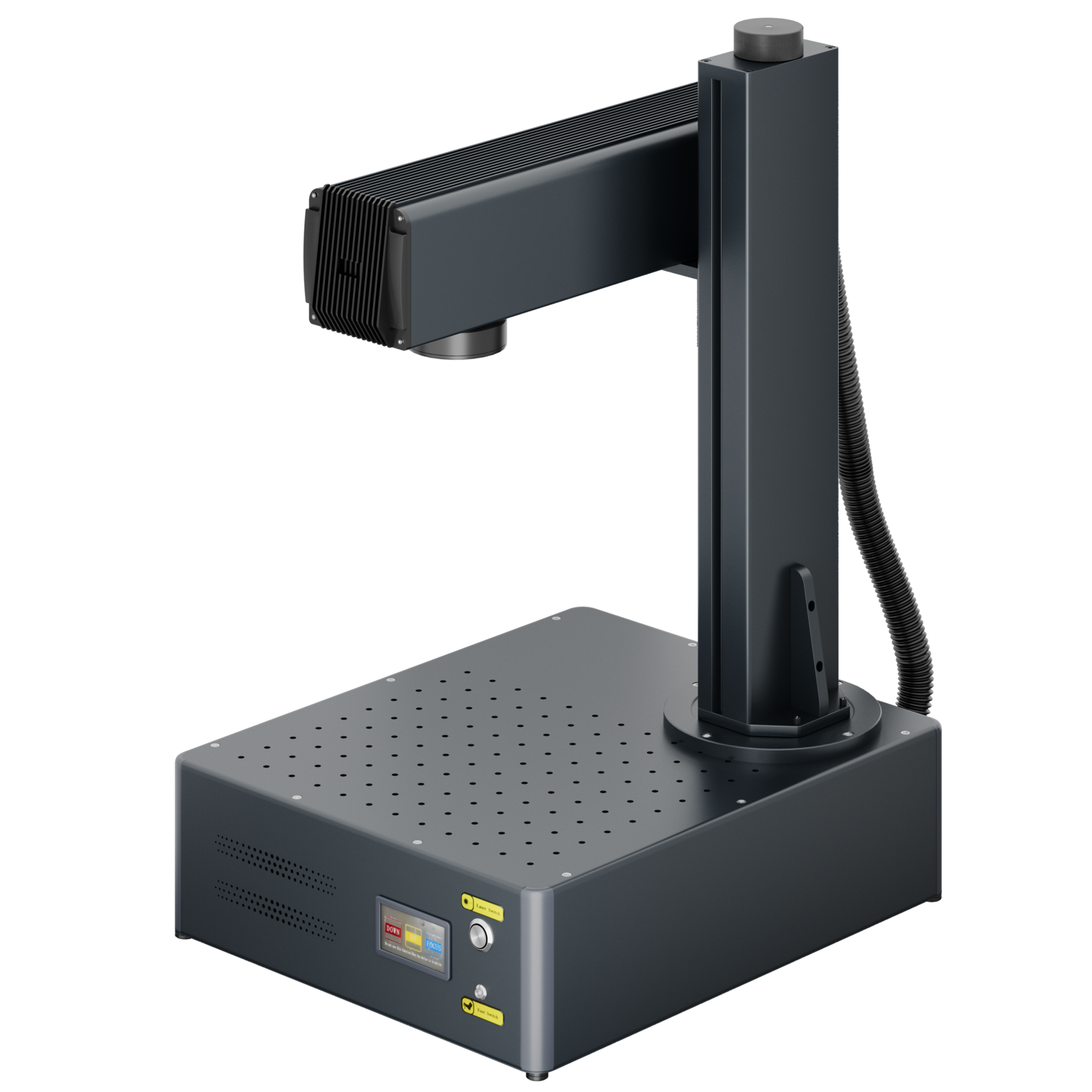
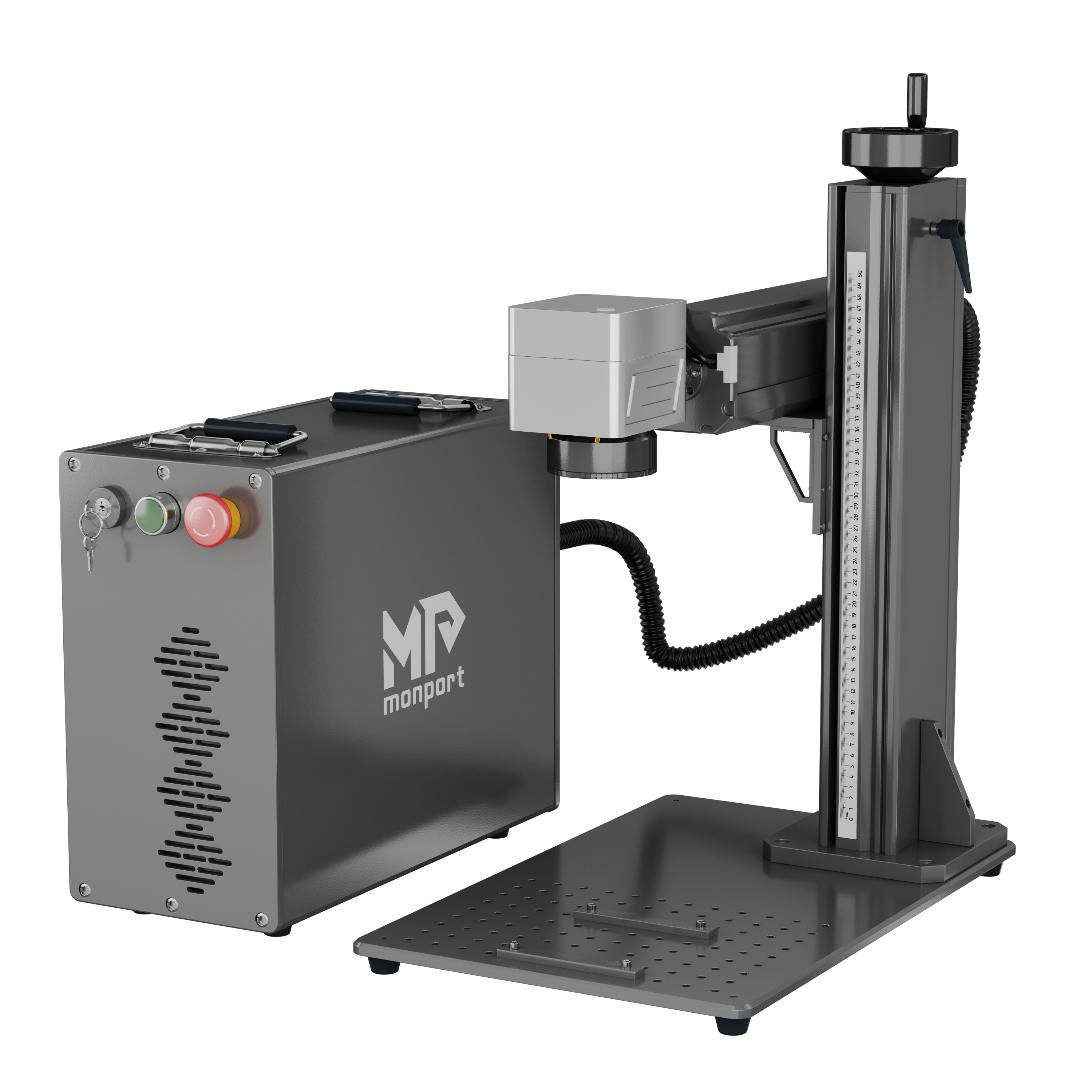

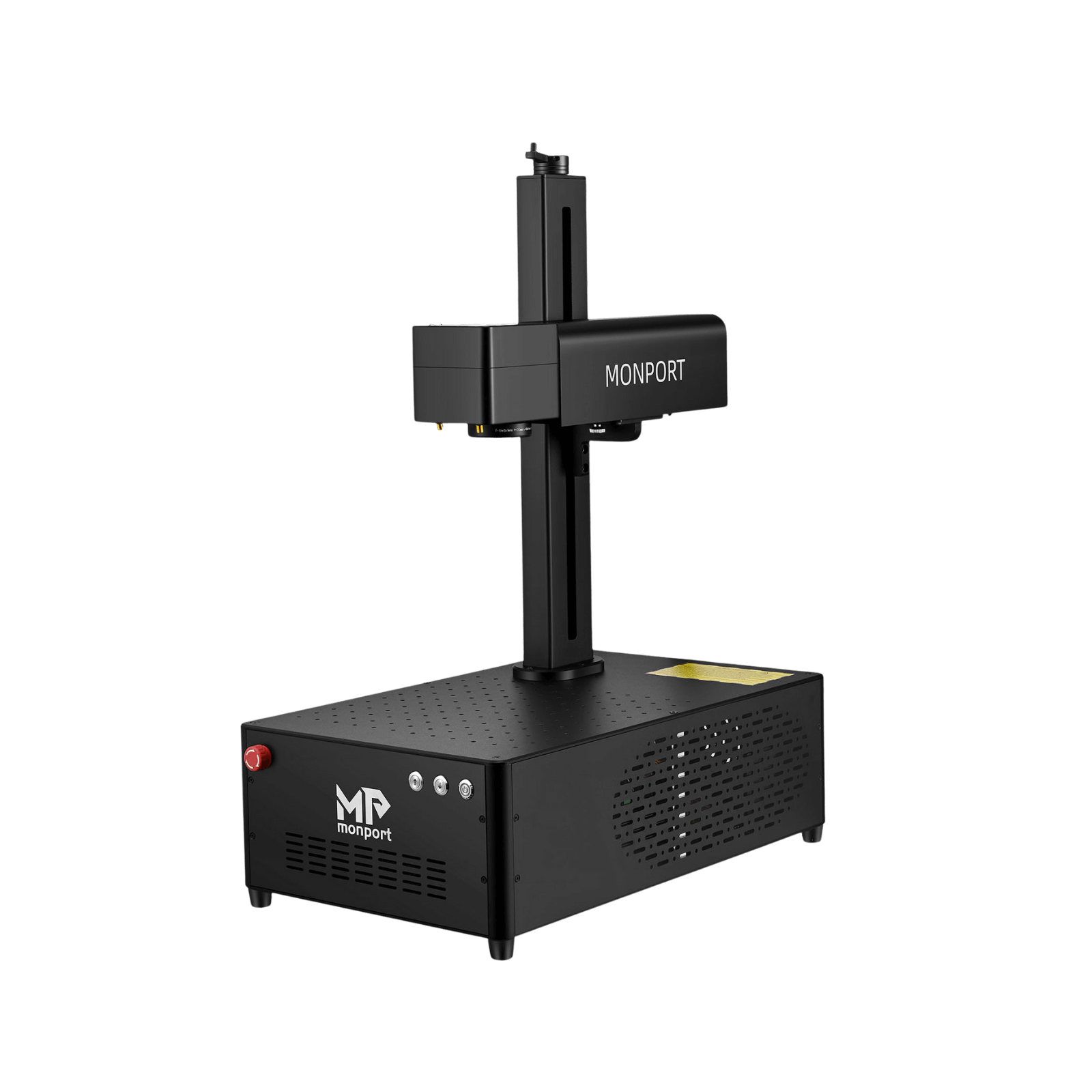
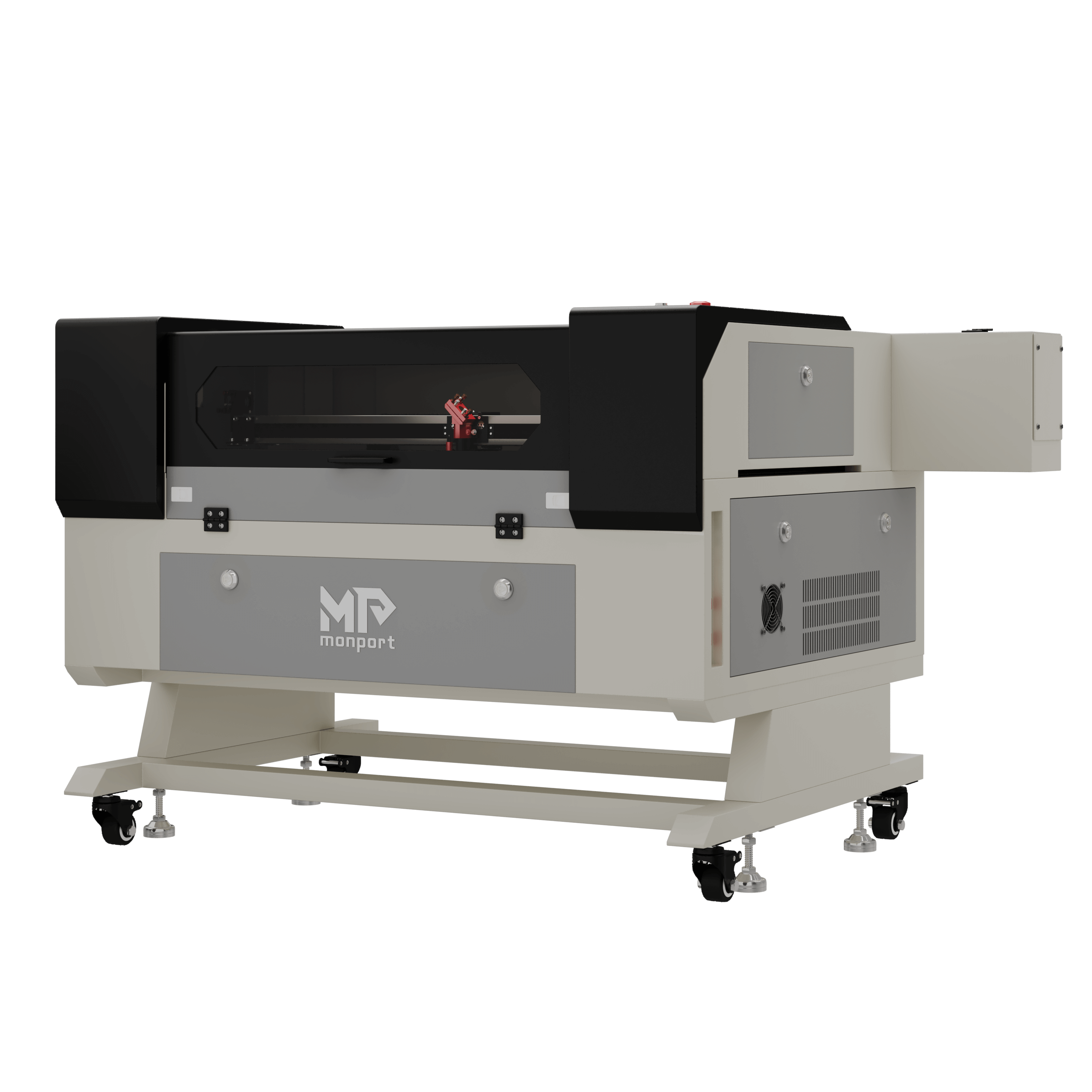
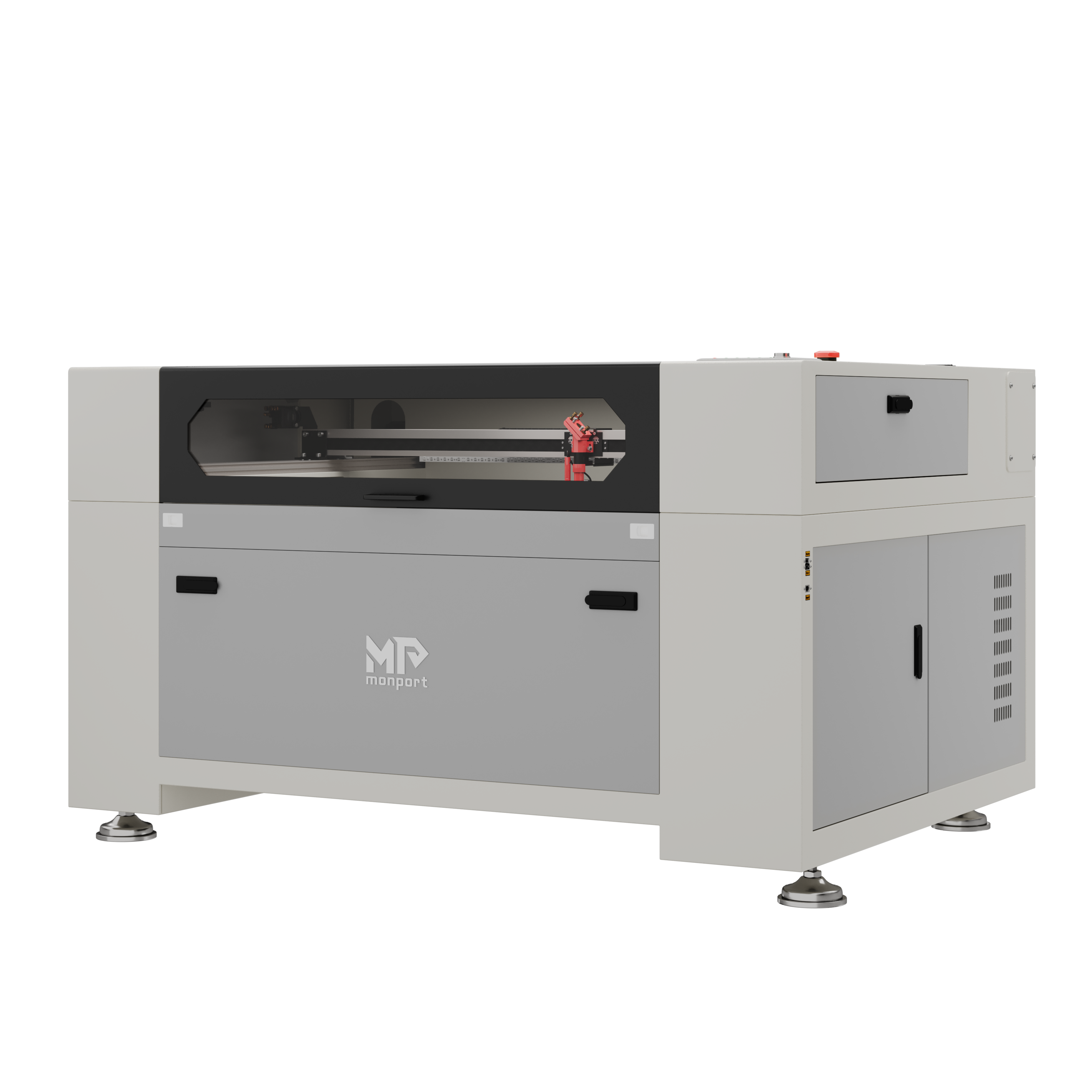
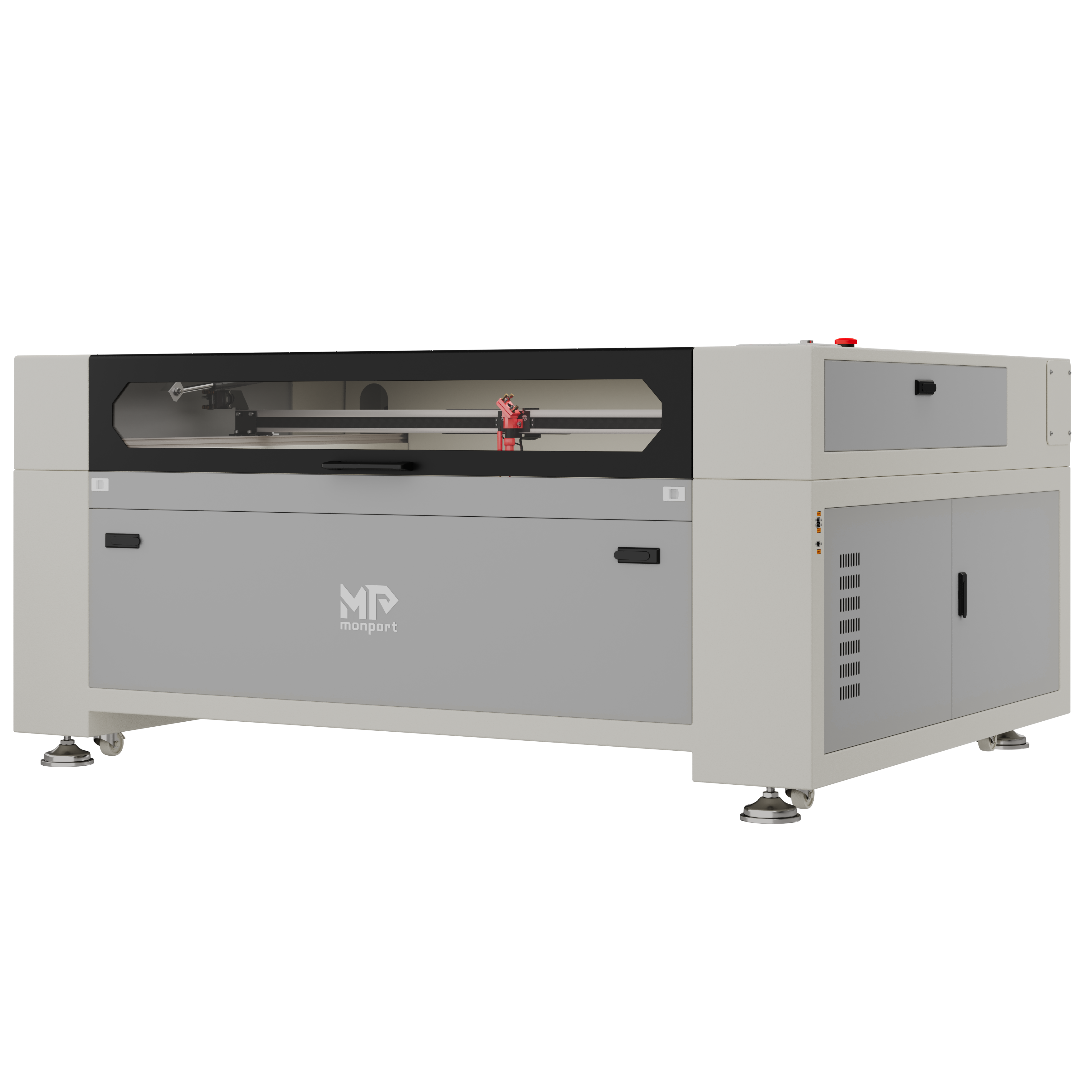
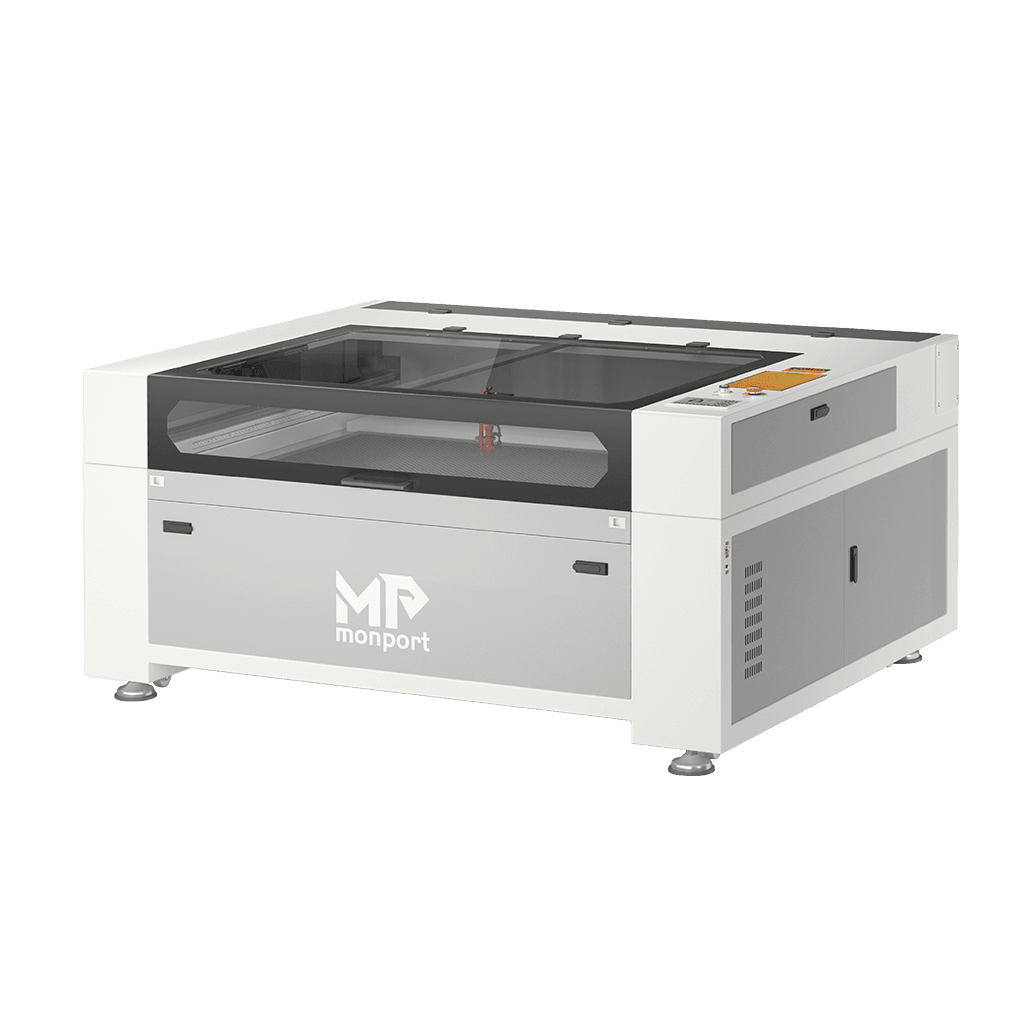
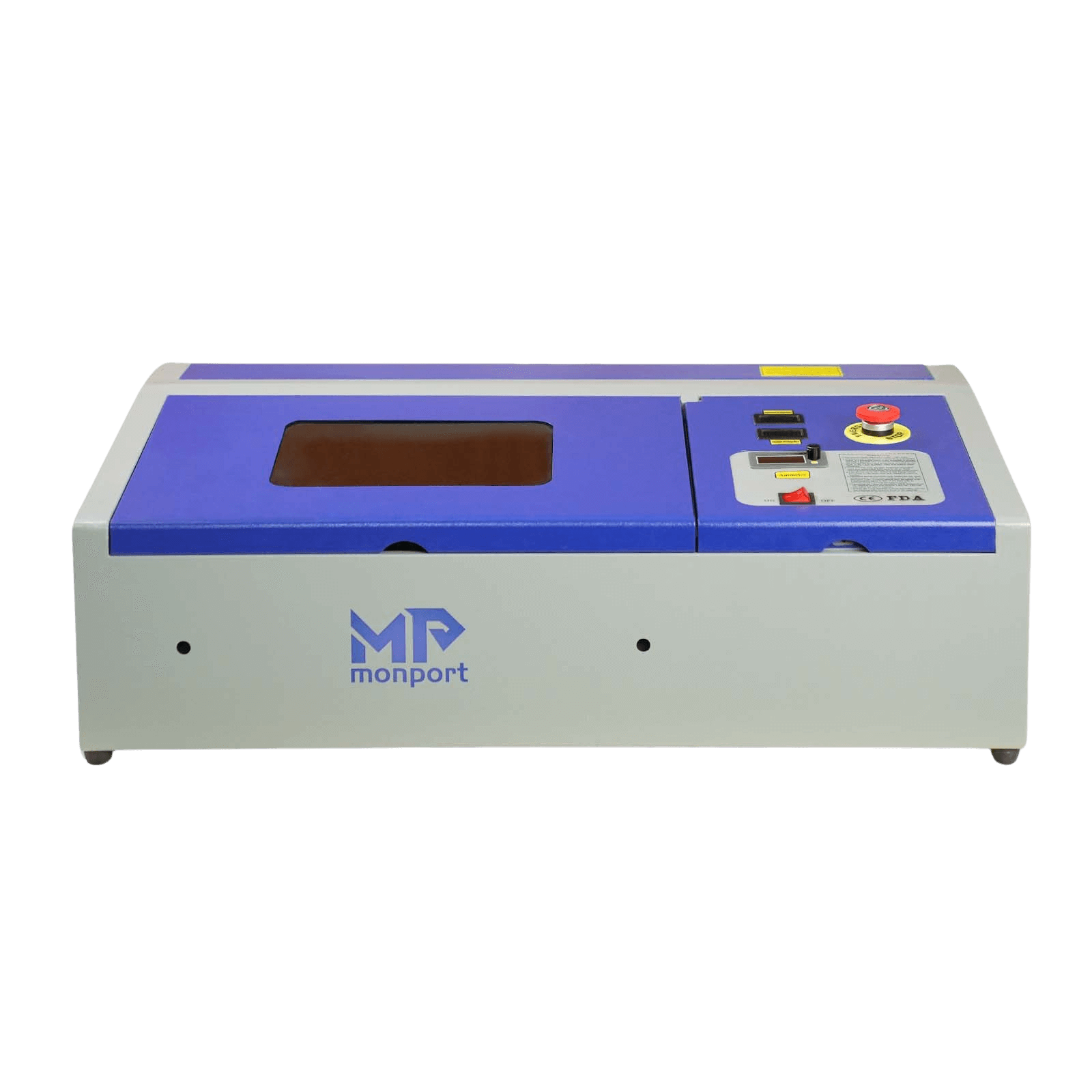
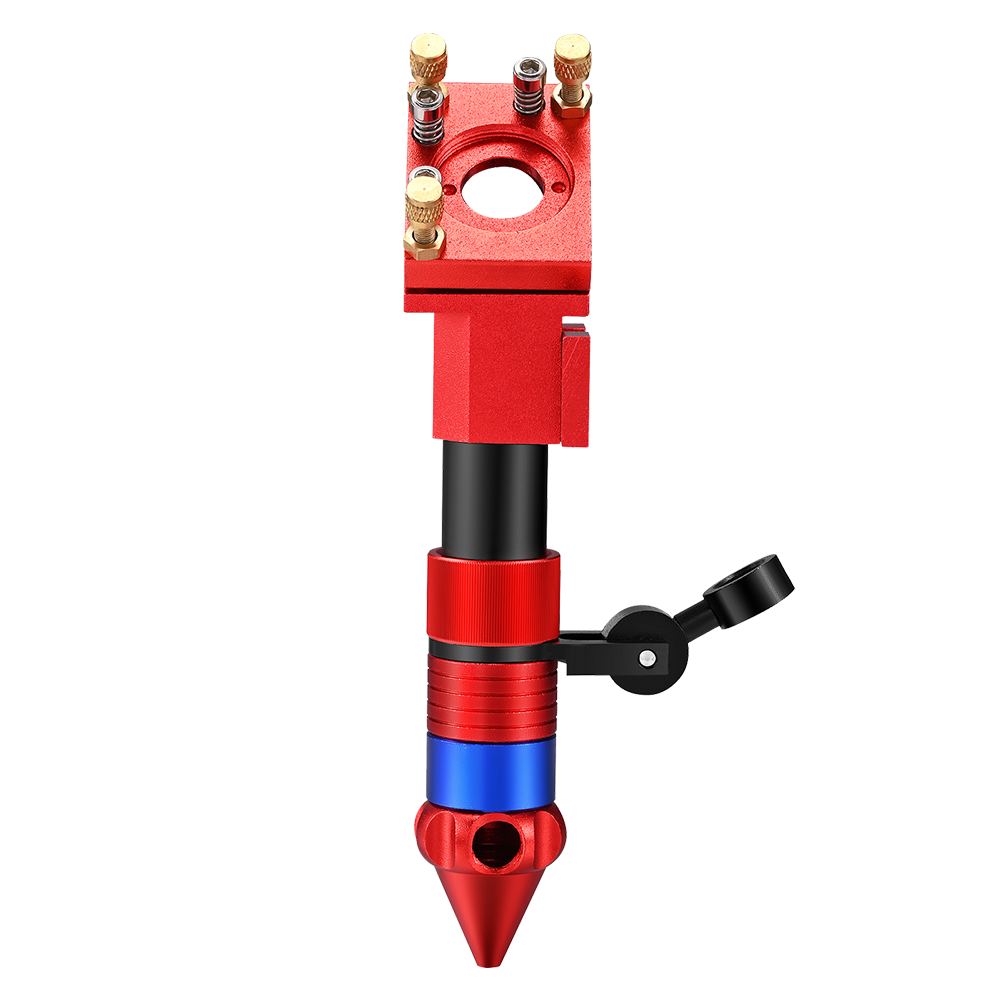
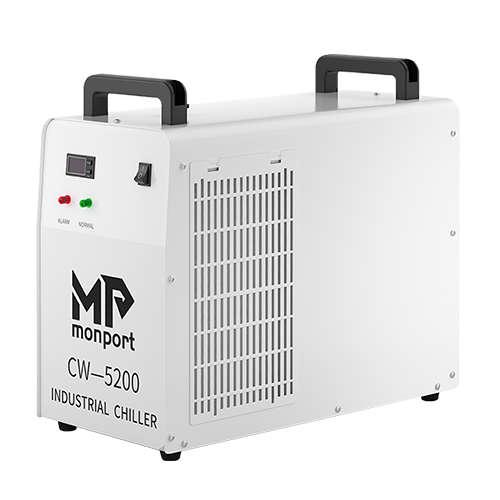
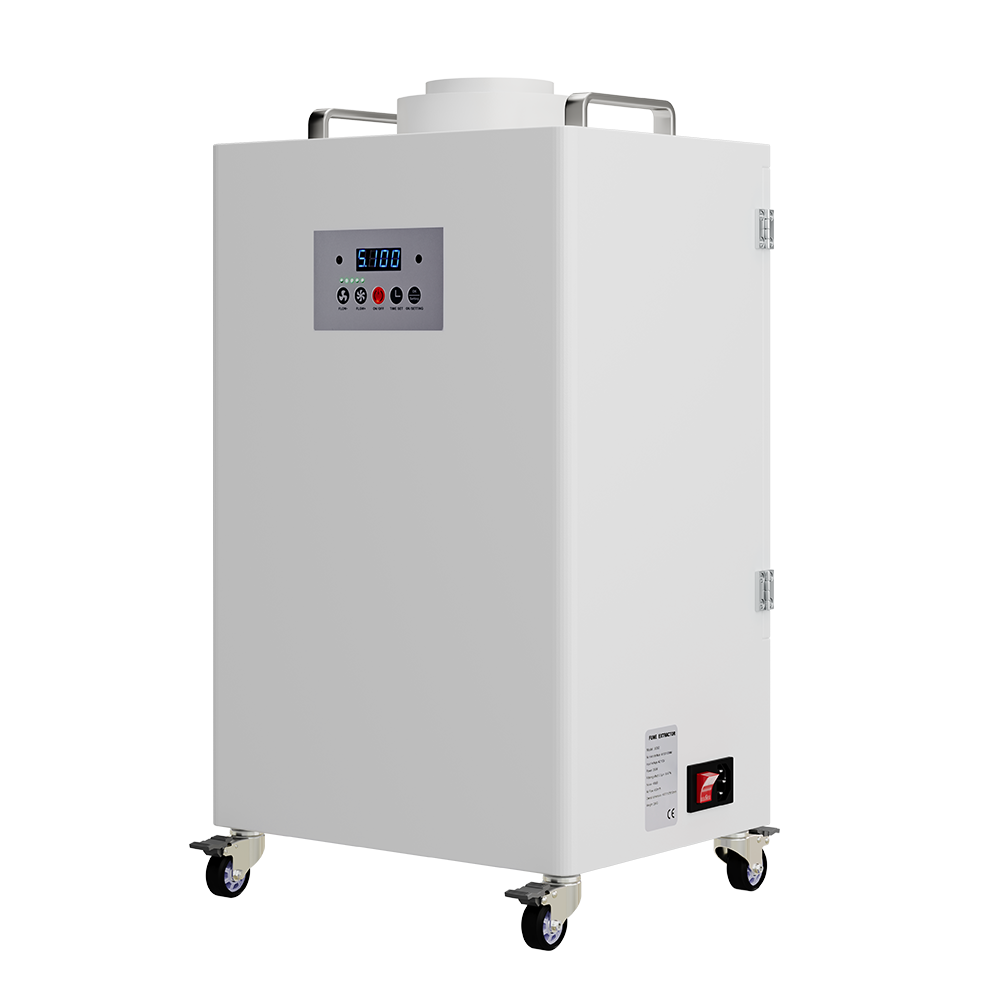

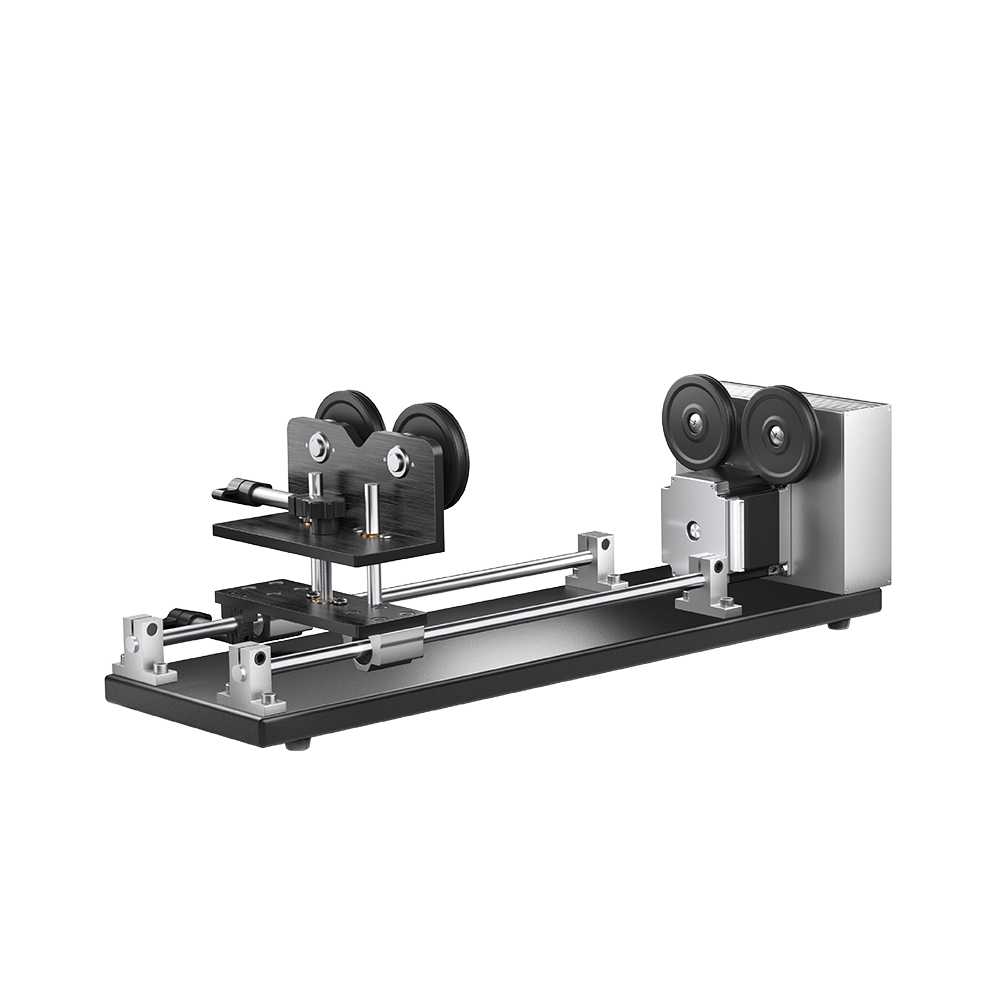

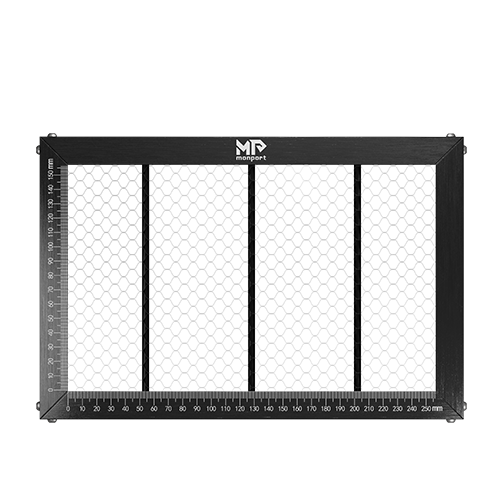
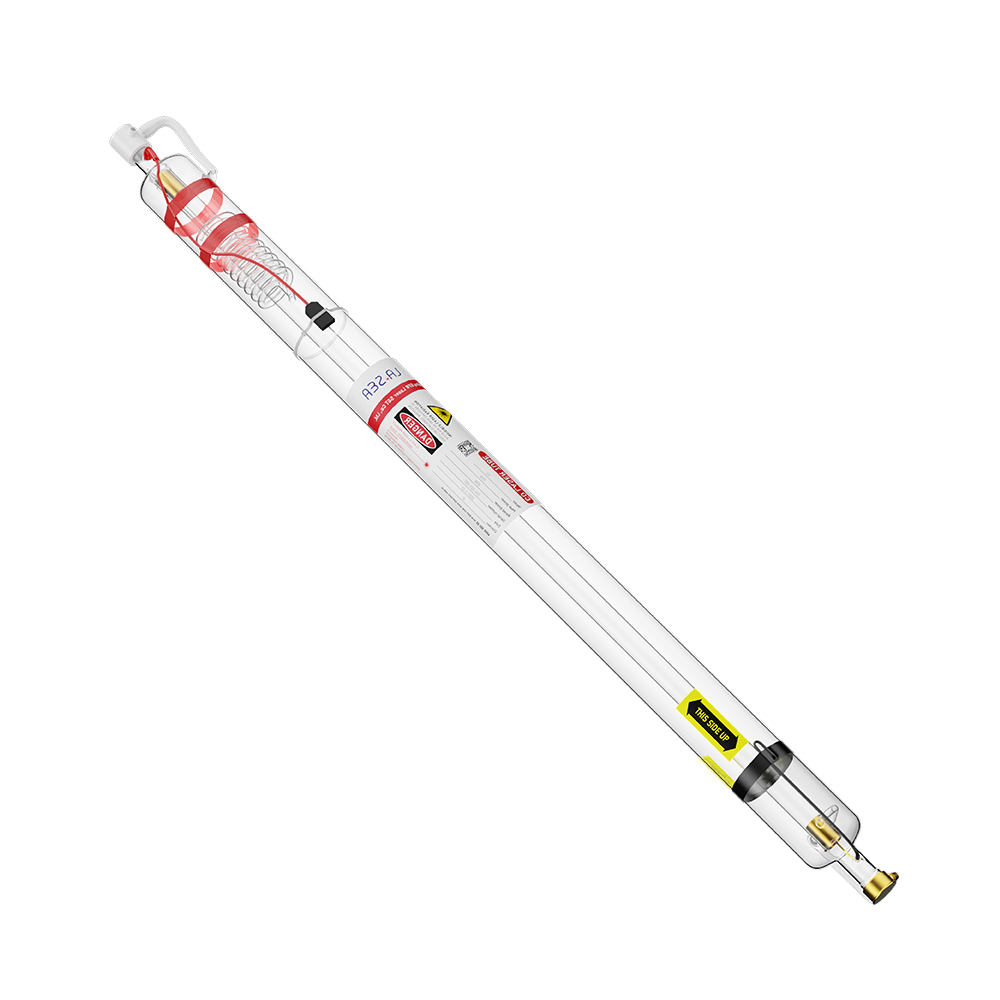
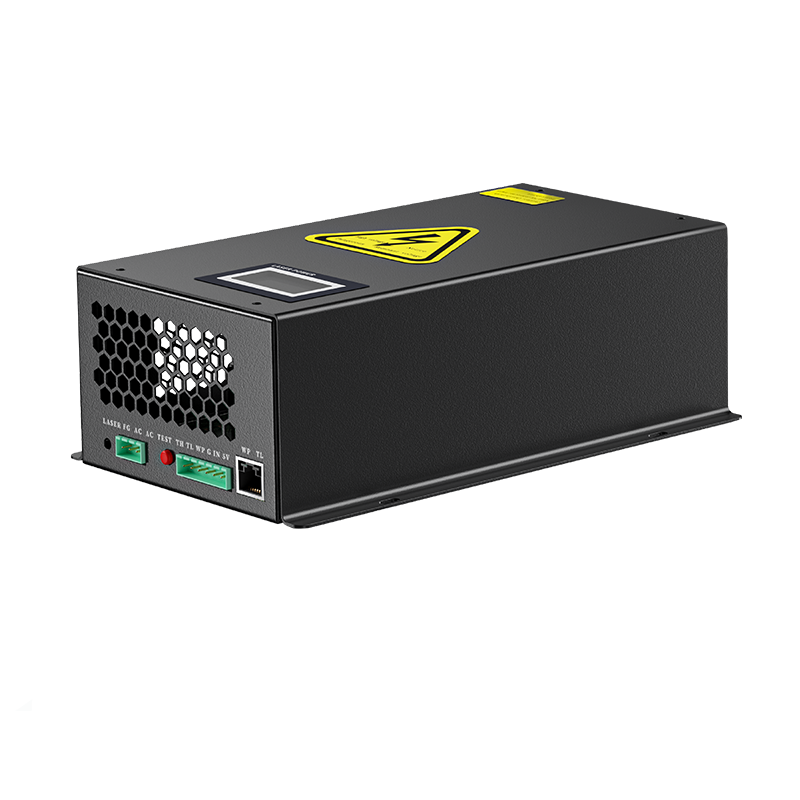
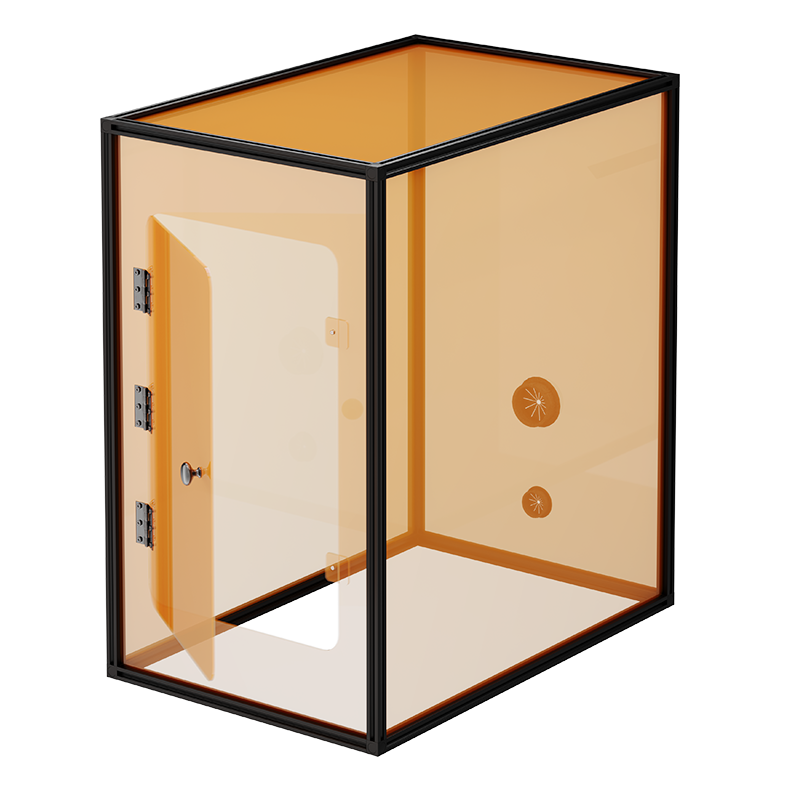
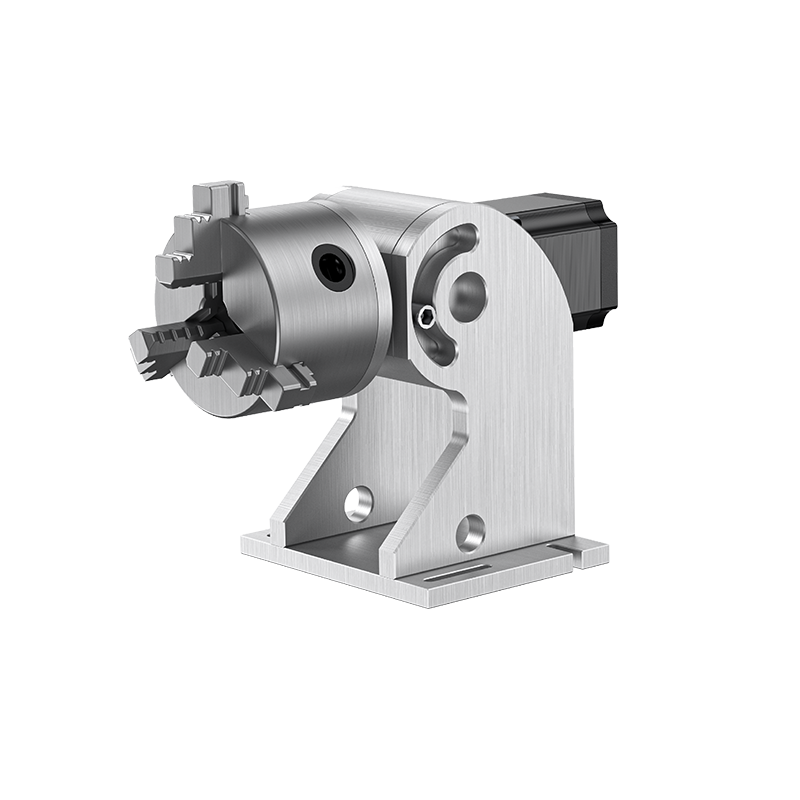


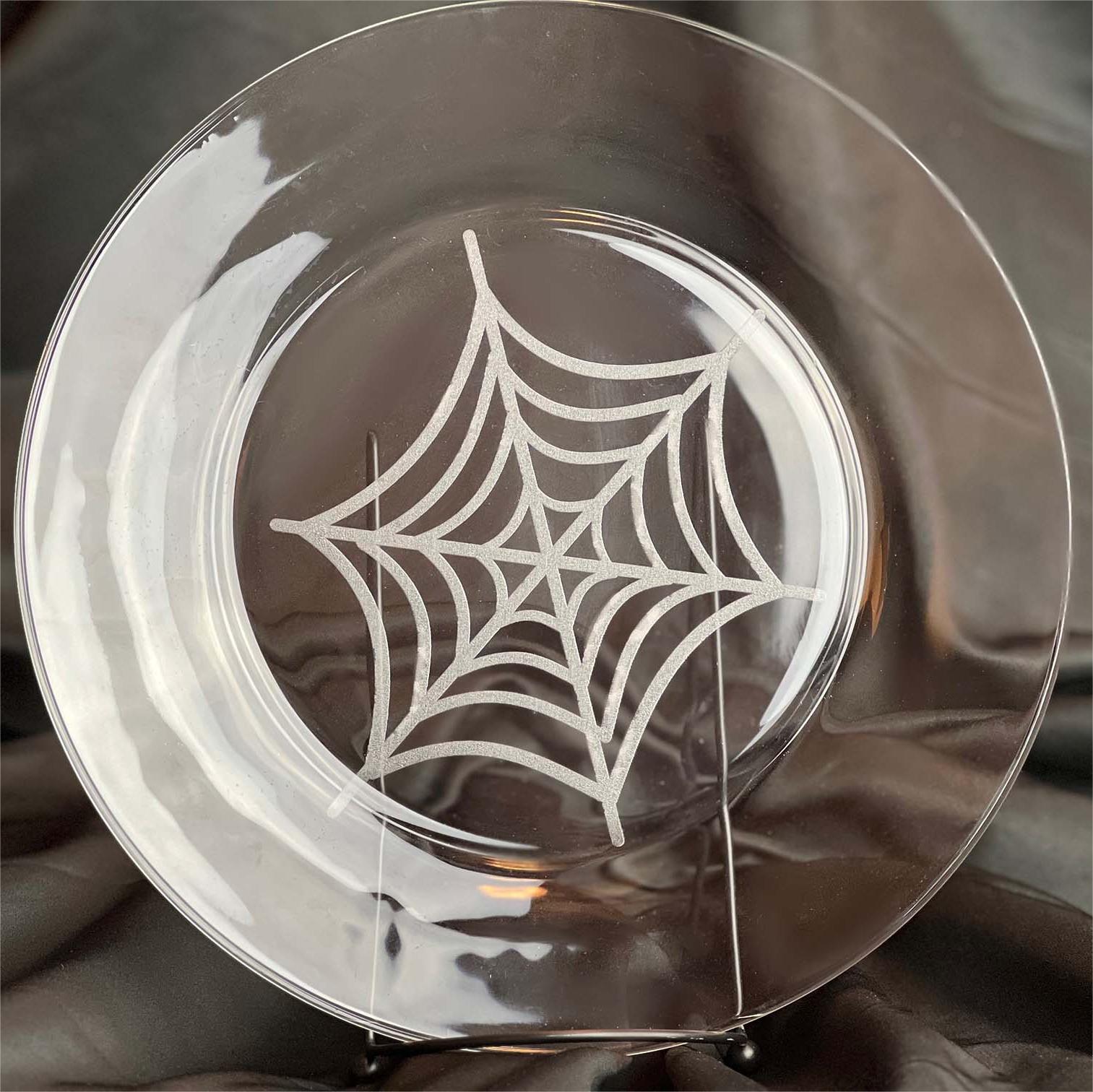
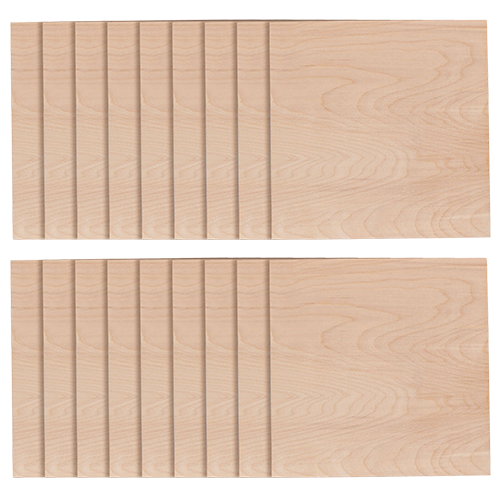



Leave a comment